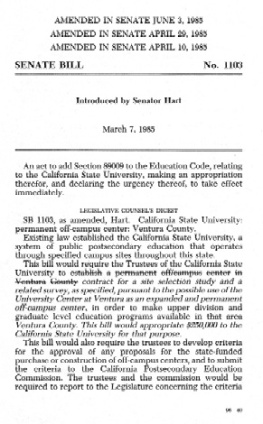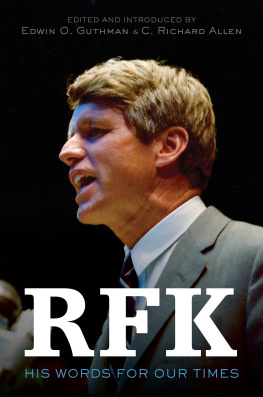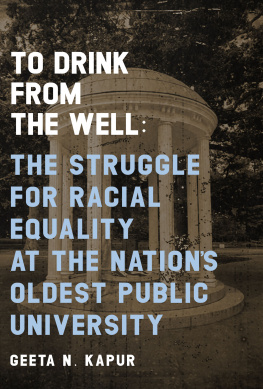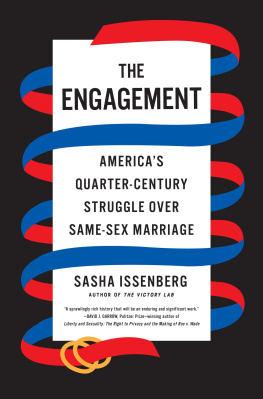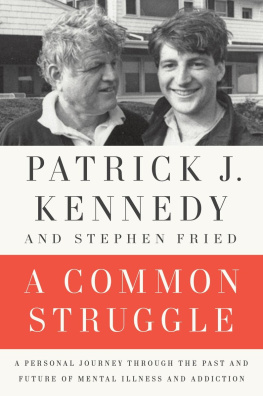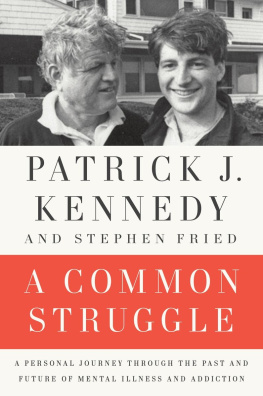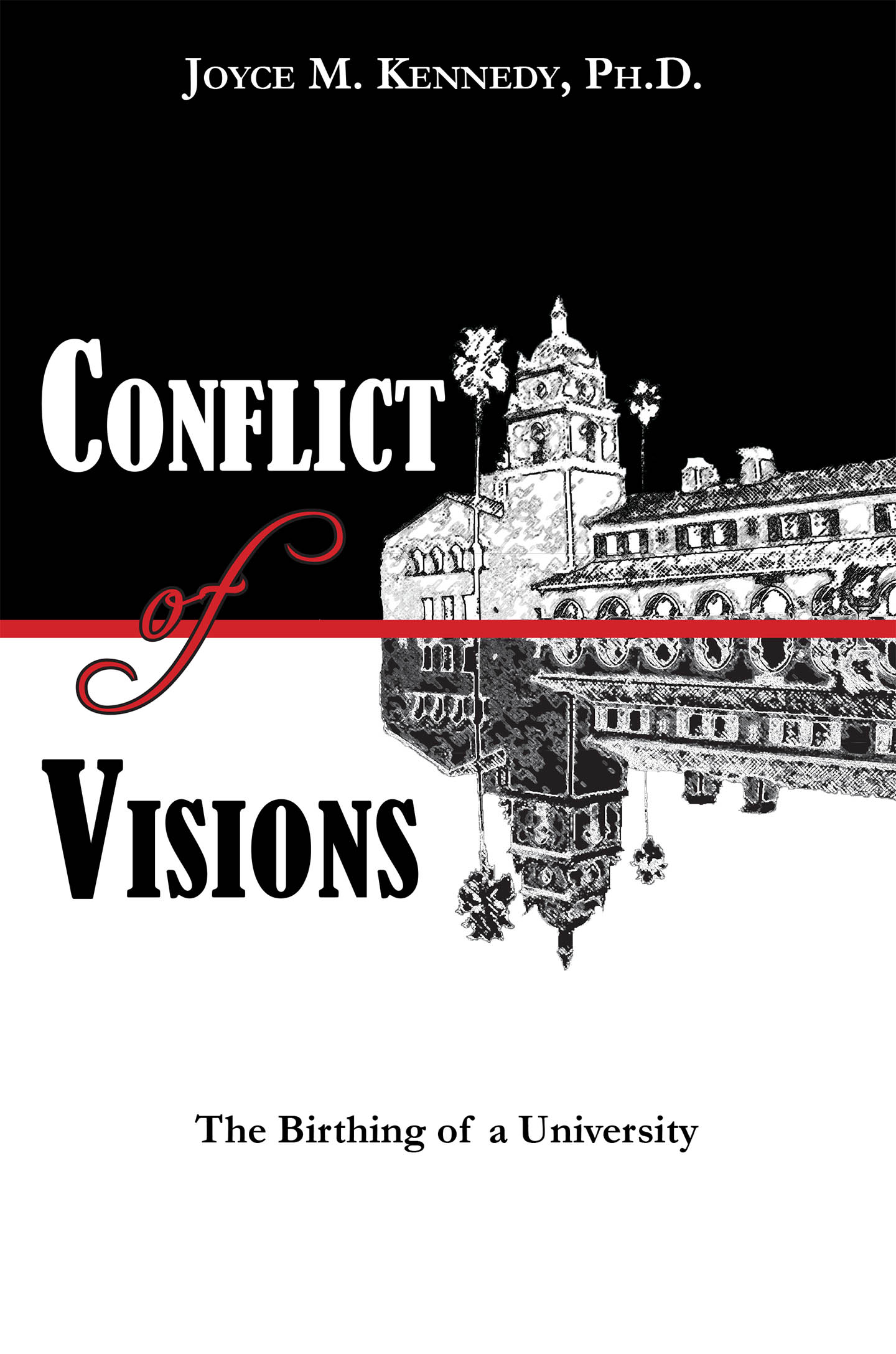Other Books by Joyce M. Kennedy
Just Call Me Eva: The Story of an Uncommon Woman
Distant Thunder: Canadas Citizen Soldiers on the Western Front
C ONFLICT OF V ISIONS
The Birthing of a University
Joyce M. Kennedy, Ph.D.
Conflict of Visions by Joyce M. Kennedy, Ph.D
Published by Joyce M. Kennedy
Copyright 2016 by Joyce M. Kennedy. All right reserved.
First Edition, November 2016
All rights reserved, including the right to reproduce this book or portions
therof in any form whatsoever. All names and images included in this
book are used by permission of those persons, or are public domain, or
otherwise do not require permission.
Scripture quotations: The Holy Bible , King James Version. World Publishing edition
ISBN 978-0-9974562-9-5 Paperback Edition
ISBN 978-0-9974562-8-8 Digital Edition
Library of Congress Control Number: 2016905374
Printed in the United States of America
Dedication
Where there is no vision the people perish.
Proverbs 29:18
This book is dedicated to the memory of those visionaries
who dared to pursue an elusive dream
but didnt live to see it materialize.
Dr. Julius Gius
Mrs. Dorie Knapp
Dr Maria Maginnis
Dr. John Sugden
Mrs. Rita Von Hoetzendorff
Ms. Barbara R. Walker
Mrs. Janis Wilde
Also, I heard the voice of the Lord, saying,
Whom shall I send, and who will go for us?
Then said I, Here am I;
Send me.
And he said;
Go, and tell this people,
Hear ye indeed, but understand not;
And see ye indeed, but perceive not.
ISAIAH 6: 8-9 King James Version.
Acknowledgements
I am indebted to several long-suffering friends who encouraged me to continue writing when I had lost interest in doing so, especially during the ordeal of writing the final two chapters and afterword:
to my long-distance friends and former neighbors, Glenna and George Pappas for unfailing enthusiasm and support;
to Diane Lewis for perceptive questions that prodded me onward after a two-year bout with writers block;
to Michael Hoffman for his professional guidance, insights and editing;
to Dr. Joanna Miller for her patience and expertise in unraveling sundry computer glitches and clarifying my convoluted thinking.
and to my former graduate school classmate Art Newlee, whose timely phone call in the Fall of l982 helped bring me back to the Learning Center.
I am grateful for their faith. Any mistakes are mine alone.
Introduction
By
In the fall of 2012, the 10th anniversary year for California State University Channel Islands, I had the privilege to participate in a panel discussion that was part of a two-day conference featuring several of the nations most eminent political scholars.
Looking out into the audience in the Grand Salon that day, I swear I briefly saw Joyce Kennedy. At that moment I was thrilled. Here in her beloved, adop-ted Ventura County, at a thriving public university, students and scholars were engaged in thoughtful discussion of the challenges facing 21st century American democracy. Surely this was just the sort of vision that had sustained Dr. Kennedy for so long. How marvelous that she should witness it.
Alas, it could not have been her that I saw.
Dr. Kennedy, as is the fate of birth mothers of most adopted humans and institutions, would be an awkward and perhaps even unwelcome presence on the campus that she brought to life through a quarter century of enduring what were at times unimaginable struggles.
It took her two decades to develop public higher education in Ventura County from a couple of small classrooms in a midtown Ventura office building to a stage of viability that made the creation of an independent, university possible.
As a journalist, I reported on the saga whose beginning roughly coincided with the launch of my professional career at the Ventura County Star (and its predecessor, the Star-Free Press ). For much of that long period of birthing a university, I not only chronicled the progress but also crusaded for its establishment as editor of the Stars editorial page.
Reading Dr. Kennedys memoir, Conflict of Visions , I realize now that her perseverance was even more profound than I had ever imagined. She overcame incompetence and indifference from university administrators, endured disrespect and a lack of appreciation, patched together academic programs on shoestring budgets and the good will of a generous few. Through it all, she never lost sight of what, to her, was a clear and unambiguous goal: to expand educational opportunity for the citizens of Ventura County.
In this book, she recounts her first day on the job at the Ventura Learning Center and how she was confused about what her mission was to be. She writes that she was told her job was to keep it full. And that was what Joyce, through all her struggles and disappointments, managed to do. Enrollment grew and grew, even during times of economic downturns and state budget cutbacks to higher education.
Through her inspired leadership, managerial expertise and gentle skill of persuasion, Dr. Kennedy was able to provide degree-granting programs to more students at less cost than any comparable program in California. There was never a moment, even when political forces might have tempted California State University officials to walk away from Ventura County, that they could responsibly consider that option. The reason was that Joyce, year after year, kept proving there was a strong and growing demand in the county for public higher education.
There was only one academic year in which enrollment declined from the time the Learning Center was established in 1974 until the stand-alone campus was established in 2002. That was in 1982, the year Dr. Kennedy was passed over for the directorship and subsequently resigned. By the following February she was rehired and given permanent director status. Enrollment began to climb again after that and never stopped.
Even today CSU Channel Islands is the fastest growing college campus in America.
The campus was established just before state revenues collapsed in the aftermath of the dot.com crash. Californias fiscal situation has never fully recovered. CSU Channel Islands got in just under the wire. No new campus has been established since, and given Gov. Jerry Browns push for greater efficiency in higher education, it is unlikely that any new public universities are in Californias new-term future.
Make no mistake: The story of the creation of Cal State Channel Islands is a success story, and the tale that Dr. Kennedy recounts in this book has a happy ending.
But there is a decidedly bittersweet quality to Dr. Kennedys memoir. As she writes at one point, I still wonder, as I did then, why there had to be so much unmitigated grief in my attempt to do what was so obviously right for the community and for so many people hungering for knowledge.
It is sad, closer to tragic that Dr. Kennedy, her health worn down by years of tireless struggle and finding herself cast aside by the administrators who became the new universitys adopted parents, never got to share fully in the joy of her creation. As she writes here, as the actual creation of the university approached, it was for her time to fade into the sunset.
There is a lesson in this book for all college administrators, who too frequently become consumed by the petty politics and distractions of academia fights over tenure, squabbles over turf and the like. The lesson is that they must never lose sight of what matters most: the essential importance of their institutions to the community around them and to the world at large.

